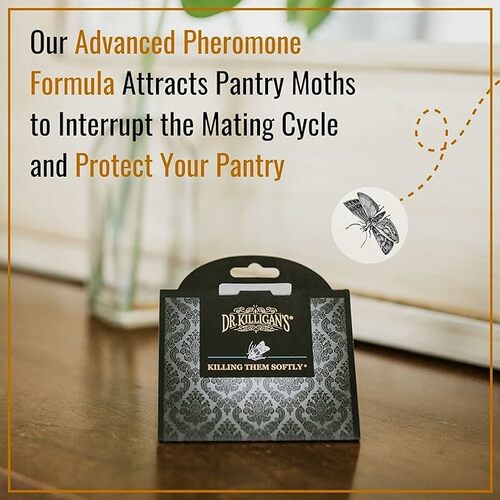Managing White Satin Moths: Protect Your Trees from Defoliation
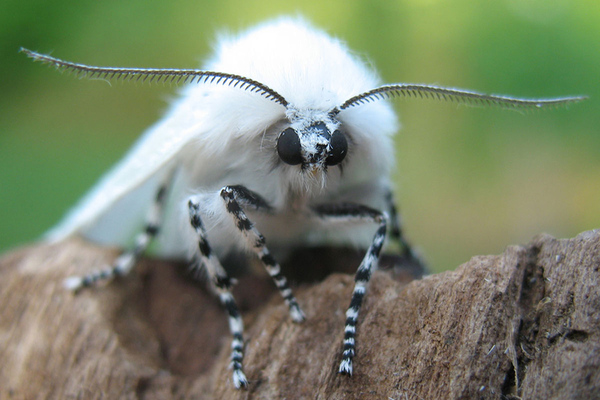
Introduction
Discover the fascinating world of white satin moths (Leucoma salicis ), a species that has both captivated and concerned arborists and garden enthusiasts in the San Francisco Bay area. Learn about their life cycle, the potential threats they pose to local foliage, and effective strategies for managing their presence in your green spaces.
What are White Satin Moths?
White satin moths, often noted for their strikingly pure-white wings, are not just a beautiful sight but also a cause of concern for tree health. Originating from Europe, these moths have found a suitable habitat in North America, including urban and suburban areas of San Francisco. Their adaptability to various climates makes them a significant concern for tree conservation efforts.
Life Cycle and Behavior
Understanding the life cycle of white satin moths is crucial for effective management. These moths undergo four main stages: egg, larva (caterpillar), pupa, and adult. The females lay eggs in clusters on the undersides of leaves, primarily targeting willow, poplar, and aspen trees. The larvae, which cause the most damage, feed voraciously on the leaves, leading to significant defoliation. The speed and voracity of their life cycle demand vigilant monitoring and quick action to mitigate severe damage.
Homeowners should watch closely for this moth, especially in the spring when defoliation begins to appear and the trees can be treated. They are difficult to control once an infestation is well underway; however, natural predators such as birds and wasps can help ameliorate the problem.
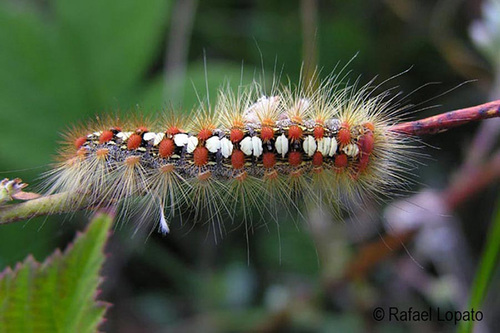
The White Satin Moth Caterpillar
Impact on Local Vegetation
Defoliation and Tree Health
Severe defoliation by white satin moth caterpillars can weaken trees, making them more susceptible to disease and environmental stress. This can be particularly damaging in urban areas where trees play a crucial role in providing shade, improving air quality, and enhancing aesthetic value. Continued defoliation over several seasons can lead to the death of trees, a loss that significantly impacts urban biodiversity and the visual landscape.
Biodiversity and Ecological Balance
The introduction and spread of nonnative species like the white satin moth can disrupt local ecosystems. It's important to monitor their impact on native species and biodiversity, ensuring that invasive populations do not overpower local flora and fauna. The displacement of native insects and the alteration of habitat structures are potential risks if these moths are not controlled.
A Periodic Threat to Forest Health
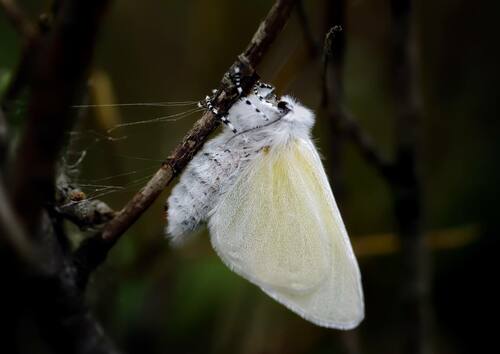
A Freshly Emerged White Satin Moth
Periodically, agriculture and forestry experts in Nevada, Utah, and California express concerns about potential infestations of the small, hauntingly beautiful moth that can destroy entire groves of aspen, cottonwood, and willow trees, especially in mountainous areas.
The last serious outbreak was in 2013, but certain climatic and environmental conditions favorable to these moths can initiate a new infestation. After the 2013 outbreak, experts studied the moths near Lake Tahoe and found signs that natural predators of the moth were making a rebound and have helped keep the invaders in check.
A relative of the infamous gypsy moth, which seriously damaged northeastern and midwestern forests, the white satin moth is found across most of the northern half of North America; it is likely to have arrived from Europe in the 1920s
Don’t be misled by the ethereal appearance of the white satin moths—they can be lethal. What was once an aspen grove full of green, lush leaves can become a glut of bare branches—and the culprit is this moth.
Management Strategies
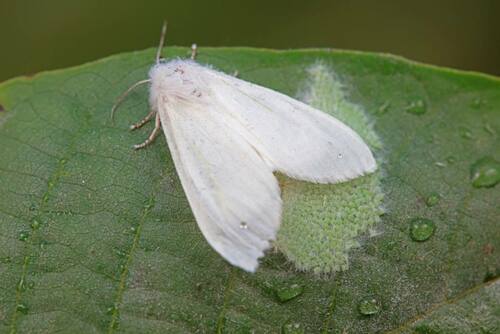
A White Satin Moth Lays Eggs on a Leaf
Monitoring and Early Detection
Regular monitoring of trees for signs of infestation (e.g., egg clusters, feeding caterpillars) is essential. Early detection can prevent widespread damage and simplify control measures. Setting up pheromone traps and conducting regular visual inspections during the growing season can enhance early detection efforts.
Cultural and Mechanical Controls
Promoting the health of trees through proper care (watering, mulching, pruning) can reduce their vulnerability to pests. Physically removing and destroying egg clusters and caterpillars can also help curb their population. Adjusting the irrigation and nutrient management of affected trees can improve their resilience against infestations.
One effective means of combating the problem includes high-pressure water washing of the tree. This knocks the larvae and eggs loose. Another option is to apply "sticky bands" to the trunk. This will help trap the caterpillars as they make their way up the tree to feed.
Biological Control Options
Exploring biological control methods, such as introducing natural predators or using bacterial insecticides like Bacillus thuringiensis (Bt), can offer a sustainable solution to manage moth populations without harming the environment. Research into native parasitoids and predators that can be encouraged or introduced into the ecosystem may provide long-term suppression of moth populations.
Chemical Controls
While chemical pesticides are effective, they should be used as a last resort due to potential environmental impacts. If necessary, select targeted insecticides that minimize harm to other wildlife and follow local guidelines for application. Integrated Pest Management (IPM) strategies that combine minimal use of chemicals with other control methods can significantly reduce the adverse effects on the ecosystem.
Conclusion: A Balanced Approach to Managing White Satin Moths
Managing white satin moths effectively requires a combination of vigilance, preventive measures, and responsible intervention strategies. By understanding their behavior and impacts, residents and arborists in the San Francisco Bay area can protect their trees and maintain the health of their local ecosystems. Stay informed and proactive to ensure that your green spaces remain vibrant and thriving. As we learn more about these moths, ongoing adaptation of management strategies will be key to maintaining the balance between human activity and natural habitats.
If you find that your tree has been infested, Arborist Now can help with this problem. For more information about our tree services in the Greater San Francisco Bay Area please do not hesitate to contact us today!
We may receive affiliate compensation for some of the links below at no cost to you if you decide to make a purchase.
Originally published on March 31, 2017.

